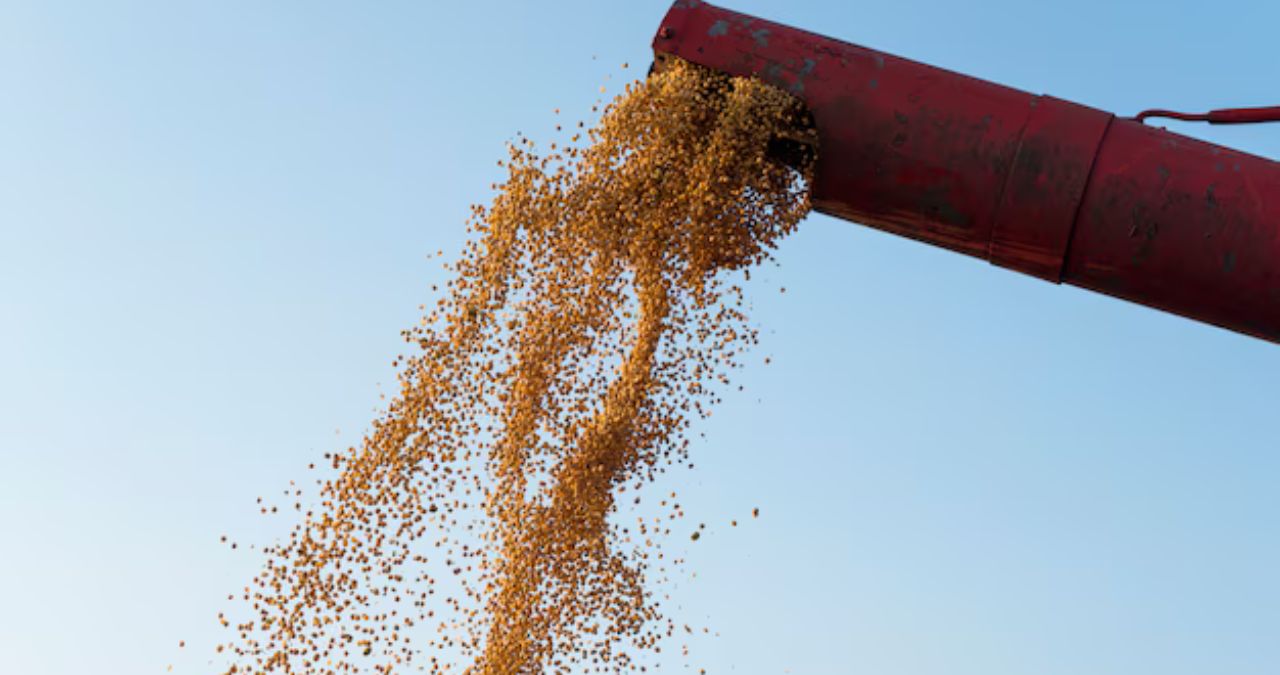Pelletierung (pelletizing) is an industrial process that transforms fine powders or raw materials into small, uniform pellets. This technique is widely used in industries such as pharmaceuticals, agriculture, food processing, plastics, and renewable energy.
Pellets offer numerous advantages, including improved handling, reduced dust, enhanced flowability, and controlled release of active ingredients. This comprehensive guide explores the principles, methods, applications, and benefits of pelletizing, along with the latest technological advancements in the field.
1. What is Pelletierung (Pelletizing)?
Pelletizing is a size-enlargement process where small particles are agglomerated into larger, spherical or cylindrical pellets. These pellets typically range from 0.5 mm to 30 mm in diameter, depending on the application.
Key Characteristics of Pellets:
✔ Uniform size & shape for consistent performance
✔ High density for better storage and transport
✔ Reduced dust & waste compared to powders
✔ Controlled dissolution or release (e.g., in fertilizers or medicines)
2. Industries That Use Pelletizing
| Industry | Application | Example Products |
|---|---|---|
| Pharmaceuticals | Controlled-release tablets, capsules | Drug pellets, vitamin supplements |
| Agriculture | Animal feed, fertilizers | Livestock feed, slow-release NPK pellets |
| Food Processing | Instant coffee, spices, powdered drinks | Coffee granules, soup pellets |
| Plastics | Plastic raw material production | PET pellets for bottle manufacturing |
| Renewable Energy | Biomass fuel production | Wood pellets for heating |
3. Pelletizing Methods & Technologies
A. Extrusion Pelletizing
- Process: A wet or dry mixture is forced through a die to form strands, which are then cut into pellets.
- Best for: Pharmaceuticals, food, and plastics.
- Advantages: High precision, uniform pellets.
B. Spray Congealing (Prilling)
- Process: Liquid droplets are sprayed into a cooling chamber, solidifying into pellets.
- Best for: Fertilizers, waxes, and some pharmaceuticals.
- Advantages: No drying required, good for heat-sensitive materials.
C. Roller Compaction (Dry Granulation)
- Process: Powder is compressed between rollers, then milled into pellets.
- Best for: Heat-sensitive powders (e.g., certain chemicals and drugs).
- Advantages: No liquid binders needed.
D. Fluidized Bed Pelletizing
- Process: Particles are suspended in air while a binding liquid is sprayed, forming layered pellets.
- Best for: Pharmaceuticals and fine chemicals.
- Advantages: Excellent control over pellet size.
E. Disc (Pan) Pelletizing
- Process: Powder is rotated on an inclined disc while binder is sprayed, forming spherical pellets.
- Best for: Fertilizers, iron ore (mining industry).
- Advantages: Low energy consumption, scalable.
4. Benefits of Pelletizing
✔ Improved Handling & Storage
- Pellets are easier to transport and store than powders.
- Less risk of caking or moisture absorption.
✔ Enhanced Product Performance
- Controlled release in pharmaceuticals and fertilizers.
- Better combustion efficiency in biomass pellets.
✔ Reduced Waste & Dust
- Minimizes material loss during production.
- Safer working environment (less airborne dust).
✔ Cost Efficiency
- Lower shipping costs due to higher density.
- Reduced packaging requirements.
5. Challenges in Pelletizing
| Challenge | Solution |
|---|---|
| Binder Selection | Use compatible binders (e.g., starch, PVP). |
| Moisture Control | Optimize drying/cooling steps. |
| Particle Size Variation | Sieving & quality control checks. |
| Equipment Wear & Tear | Regular maintenance & abrasion-resistant materials. |
6. Future Trends in Pelletizing Technology
A. Smart Pelletizing with AI & IoT
- AI-driven optimization of pellet size and density.
- Real-time monitoring of moisture and temperature.
B. Sustainable Pellet Production
- Bio-based binders replacing synthetic chemicals.
- Waste-to-pellet technologies (e.g., converting agricultural waste into fuel).
C. 3D-Printed Pellets
- Customized drug delivery pellets with precise release profiles.
Conclusion
Pelletierung (pelletizing) is a versatile and essential process across multiple industries, offering improved efficiency, product quality, and sustainability. With advancements in smart manufacturing and eco-friendly materials, pelletizing will continue to evolve, meeting the demands of modern production.










